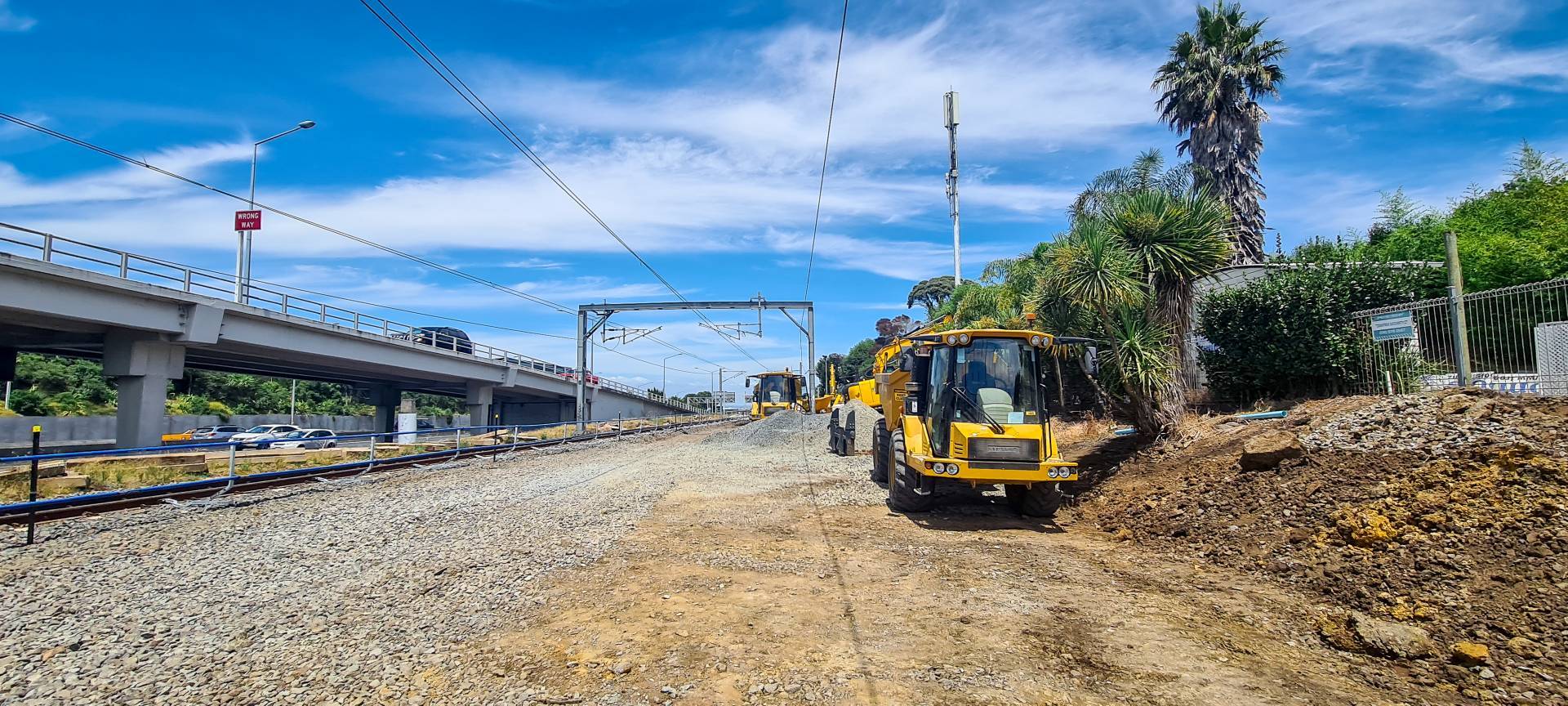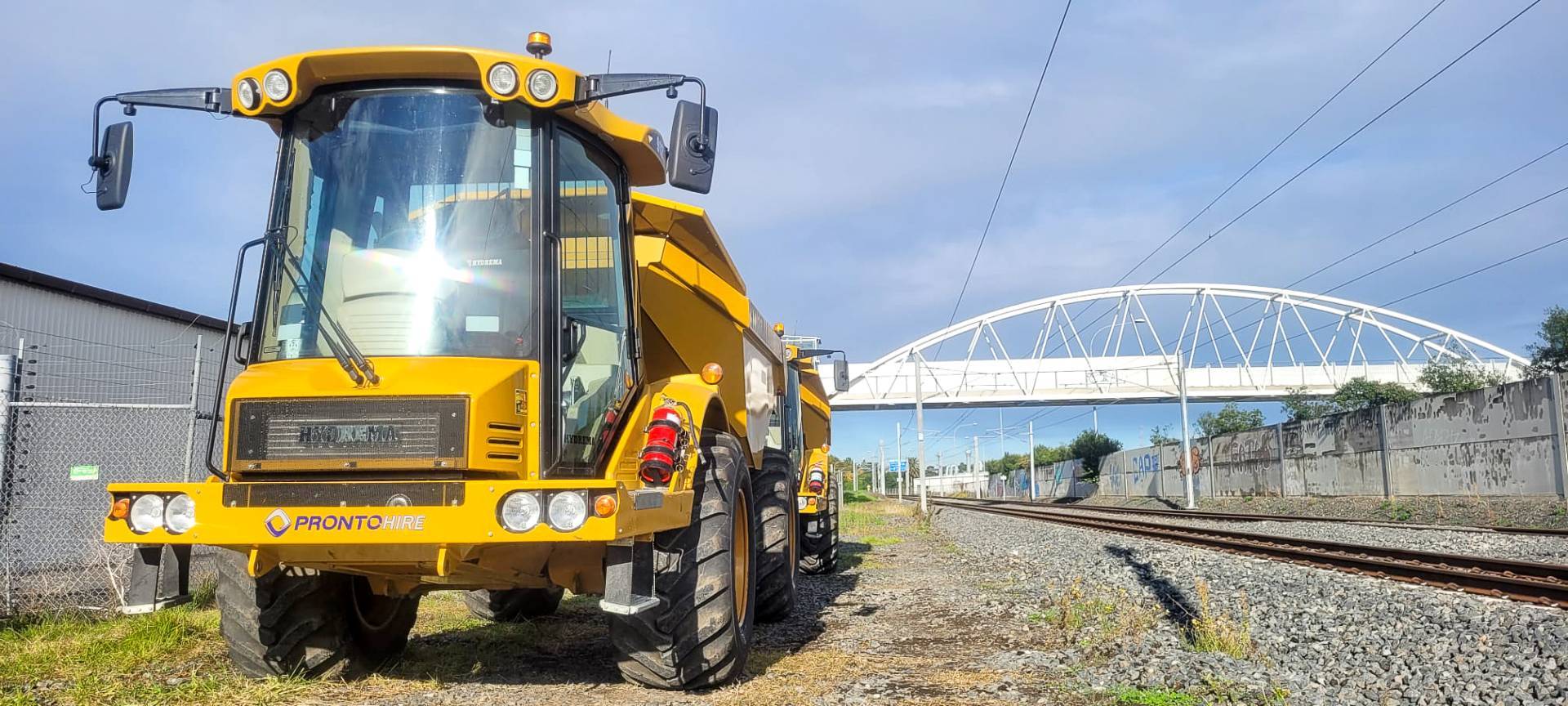Auckland Rail Infrastructure History and its Changes
Maintaining an efficient and sustainable transport network here in Auckland is crucial. Over the years, Auckland has undergone significant changes and investments in its rail network, reflecting a concerted effort to adapt to the evolving needs of its growing population and address the challenges posed by urbanization. From humble beginnings to a modern and interconnected system, the story of Auckland's rail reflects not only its past, but also its future aspirations. In this exploration, we delve into the transformative journey of Auckland's rail infrastructure, highlighting key changes, milestones, and the vision driving its evolution.
The Early Days: Origins of Auckland's Rail Network
Auckland's railway history traces back to the mid-19th century when the city's first railway line was opened in 1863, connecting Auckland to Onehunga. Initially constructed to facilitate the transportation of goods and passengers, this modest beginning laid the foundation for the development of a more extensive rail network in the years to come.
Expansion and Growth: Railways in the 20th Century
The 20th century saw significant expansion and development of Auckland's rail infrastructure. The electrification of rail lines, which began in the 1920s, marked a crucial milestone, enhancing the efficiency and reliability of train services. Subsequent decades witnessed the extension of rail lines to various suburbs, facilitating greater connectivity and accessibility for residents across the city.
Challenges and Transformations: Auckland's Rail Renaissance
In recent years, Auckland's rail system has undergone a remarkable renaissance, driven by growing urbanization, increasing traffic congestion, and a renewed focus on sustainable transportation solutions. Key developments include:
- Electrification and Modernization: The electrification of Auckland's rail network, completed in 2014, heralded a new era of cleaner, more efficient train travel. Modern trains equipped with state-of-the-art technology have further enhanced the passenger experience.
- Network Expansion: Auckland's rail network has undergone significant expansion with the introduction of new lines and stations. Projects such as the City Rail Link (CRL), currently under construction, will provide a crucial link between existing lines and unlock capacity constraints, enabling more frequent and reliable services.
- Integrated Transport Planning: Auckland Transport's integrated approach to transport planning has played a pivotal role in shaping the city's rail infrastructure. Coordinated efforts to improve connectivity between rail, bus, and ferry services have resulted in a more seamless and integrated public transport network.
Looking Ahead: Future Prospects and Challenges
As Auckland continues to grow and evolve, the future of its rail infrastructure holds both promise and challenges. Key considerations include:
- Capacity Enhancement: Meeting the growing demand for rail services will require ongoing investment in infrastructure upgrades and capacity enhancements. Strategic planning and coordination will be essential to ensure that Auckland's rail network remains efficient and reliable.
- Technological Innovation: Embracing technological innovations such as automation and digitalization can further optimize rail operations and improve the passenger experience.
- Smart ticketing systems, real-time information, and predictive maintenance solutions are just some examples of how technology can enhance rail services.
- Sustainability and Resilience: With increasing focus on sustainability and resilience, efforts to electrify more rail lines, improve energy efficiency, and mitigate climate change impacts will be paramount. Investing in resilient infrastructure that can withstand natural disasters and other disruptions is also crucial for ensuring the long-term viability of Auckland's rail
Current Rail Projects in Auckland:
City Rail Link (CRL): The City Rail Link project in Auckland is one of the most significant rail projects in New Zealand's history. Once completed, it will create a 3.45km twin-tunnel underground rail link, transforming Auckland's rail network and significantly improving connectivity within the city. The project is expected to alleviate congestion, reduce travel times, and spur economic development along the rail corridor.
Northern Pathway: The Northern Pathway project is a multi-modal transport initiative that includes the construction of a shared walking and cycling path alongside the Northern Busway and Northern Motorway in Auckland. While not exclusively a rail project, the Northern Pathway will improve connectivity between existing rail and bus services, making it easier for commuters to access public transport options and reducing reliance on private vehicles.
Auckland Light Rail: Proposed as a modern light rail network serving Auckland, this project was under consideration to improve public transport connectivity, particularly between the central city and key suburbs such as the airport and northwest.
Hamilton to Auckland Passenger Rail: There were discussions and feasibility studies ongoing to establish a passenger rail service between Hamilton and Auckland to provide an alternative mode of transportation between these two major cities.
KiwiRail's Network Investment Program: KiwiRail, the state-owned rail operator, regularly undertakes various projects to upgrade and maintain the country's rail network. These projects include track upgrades, bridge replacements, and rolling stock enhancements to improve reliability and efficiency.
The upgrades to rail infrastructure and the ongoing rail projects in New Zealand bring a new era of sustainable and efficient transportation. By investing in electrification, track improvements, modern rolling stock, and transformative projects like the City Rail Link, New Zealand is laying the foundation for a future where rail plays a central role in the country's transport network. As New Zealand continues to prioritize rail investment, the benefits for commuters, businesses, and the environment will become increasingly apparent, cementing rail as a vital component of the nation's transport infrastructure.


Over the past few years, Pronto Hire has been fortunate enough to be a part a few of the mentioned above projects. It is great to see our equipment out on site and to have our company contribute to some awesome initiatives that will really help to progress transportation services in Auckland. We look forward to seeing (and using) the end results! As we look to the future, continued investment, innovation, and collaboration will be essential to ensure that Auckland's rail system remains a cornerstone of sustainable urban mobility for generations to come.
Similar
Articles
Donation
Request
While we appreciate the many causes that reach out to us, we are not able to support every request we receive. We carefully evaluate each opportunity to ensure alignment with our mission and resources. Thank you for your understanding.
Request
hire
Make an
enquiry






